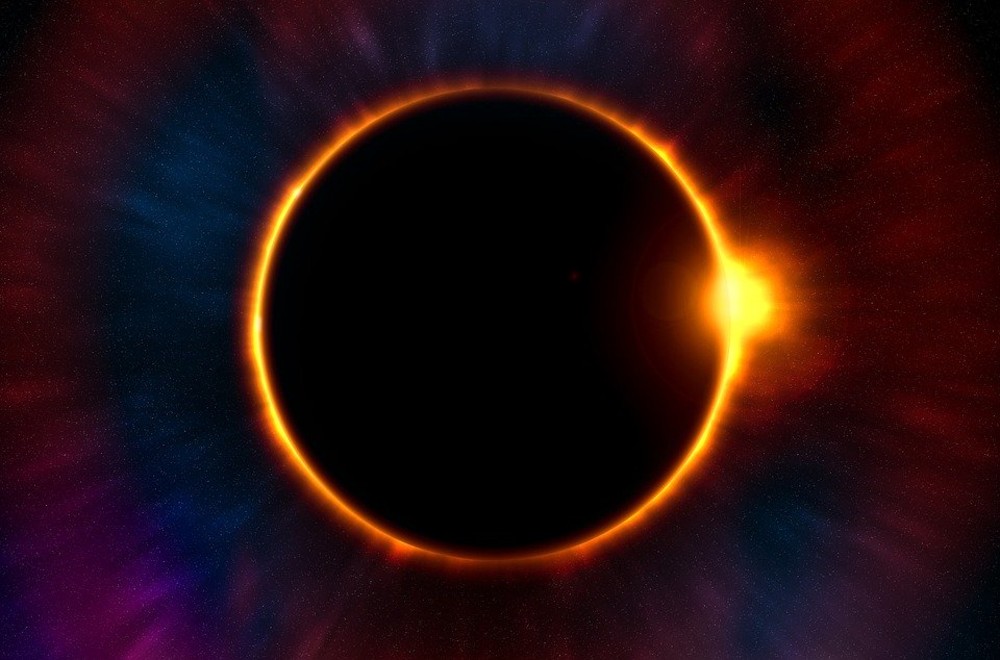The recent discovery of stripes on Saturn’s moon by NASA was a unique phenomenon that had never been observed anywhere else. However, scientists are now explaining the physics behind those stripes in a detailed way.
Enceladus, one of Saturn’s moon, has always fascinated the scientific community. However, the latest discovery when Nasa’s Cassini mission flew past Saturn which took in Enceladus as it did, revealed tiger-like stripes that covered the surface of the moon. Scientists have now come up with an explanation about this phenomenon that has never been observed anywhere else in the universe.
Enceladus has always fascinated scientists due to its hidden oceans beneath its surface. Scientists have long speculated that the moon provides one of the strongest arguments of finding extraterrestrial life. It also remains to be one of the most mysterious places in our solar system.
Stripes on Saturn’s moon explained by physics
Scientists now have come up with the physics behind this phenomenon responsible for opening up and spilling ocean water out of the icy surface, causing these stripes.
Researchers also observed that the stripes only formed at the south poles only.
Scientists researching the Saturns moon made breakthroughs by discovering that there was nothing special about the south poles. These stripes could have formed anywhere else if the right conditions occurred.
They also realized that when the cracks formed, ocean water spewed out of the gap left, allowing three more cracks to form neatly across the surface. These two breakthroughs allowed the scientists to be able to explain this strange occurrence on the Enceladus surface.
Tidal waves cause the stripes
The stripes were caused by tidal waves exerted by the Saturns gravity that in turn meant a rapid cooling and heating of water on Saturn’s moon. These forces were very strong at the poles and especially in the south pole.
Therefore, the stripes were caused by solidified ice and the cracks were kept by water underneath that continually sloshed around. This meant that the cracks could not freeze and shut, creating tiger-like stripes on the surface of Saturn’s moons.
Featured image by Pixabay







